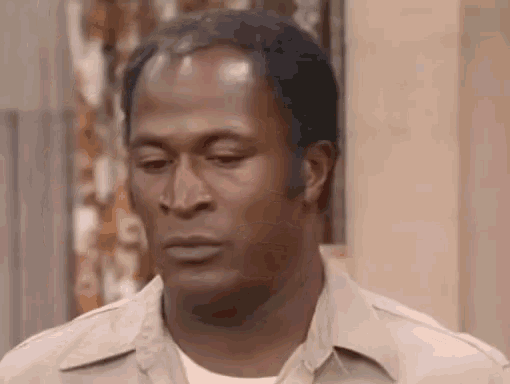By 1960, the Italian government had started relaxing some of its censorship laws under Mussolini. That year, Mario Brava released his debut feature, La Maschera del Demonio (The Mask of Satan), released in the US by Corman's group (AIP) as Black Sunday. If that incensed the conservative Italian Catholics, Il Demonio, the 1963 debut by Brunello Rondi, drove them completely round the bend, leading to its censorship. Why?
 |
| Daliah Lavi as Purif |
Probably for the same reason people here objected to and picketed The Exorcist or The Life of Brian: The blasphemy. Supposedly. The Catholic Church isn’t painted by Rondi in a positive light (one priest rapes Purif), but the focus seems to be on the small-minded and superstitious terrors in rural postwar Italy and suggesting, maybe, that The Church itself has their own problems with small-mindedness and superstitious BS. By scapegoating a young woman for all their woes and ascribing to their own sins the Devil's presence inside an ostracized woman – a witch. Of course she doesn't help herself at all by home brewing a potion of her hair and blood which she tricks a reluctant lover into drinking, talking to the spirits of the dead, throwing a dead cat at some guards, and saying things like:
Some film critics categorize Il Demonio as precursor to the sub-genre of Folk Horror: A small, isolated village; superstitious, esoteric belief systems; ritual sacrifice for a bountiful crop yield. Almost every mention of this film also cites it as an influence on Friedkin. I haven't read anything about his inspirations for The Exorcist, so I don't know. But this scene is used as evidence that it was. That seems possible, even likely:
It must have been a shock for viewers in 1960, but is it still scary? Not at all. There are some great unwavering and unnerving shots of Purif’s psychological disintegration, and one encounter with a ghost that feels straight out of a folktale, but what the town does to that woman is scary. It's not an easy watch. Displaying no graphic violence or sex, it appears tame to modern eyes and sensibilities, but she is physically and sexually abused throughout by people she should be able to trust. She does harm herself, and is rejected by and hounded by her community. Further isolation by shunning; the same reason The Witch by Eggers works at all is the family's rejection by the greater Puritan community.
It's all very sad. I detected some traces of Italian Neorealism (Rondi* worked either under or with Rossellini, Fellini, and De Sica). Purif isn’t really likable, and you get the sense she willfully makes it harder for herself, but can you empathize? Have you watched Vagabond ('85) by Agnès Varda? Or Au Hasard Balthazar ('66) by Robert Bresson? So many characters in it are terrible and unsympathetic, Varda's main character especially. Balthazar, the donkey, after seemingly absorbing all the human evil he encounters, dies alone in a field at the end. This is similar. You're relieved when the suffering is over, and more than just a little cynical and depressed that human behavior hasn't changed much, if at all, since the Middle Ages.
Name the demons possessing you this evening. Mine's called Mac. He wears a satchel with an apple and a notepad within. Good night.
* I haven’t come across a ton of information on the man, so take everything I say with a grain of salt. There are some deeper studies of his movie online, but there are only so many hours in a day.








No comments:
Post a Comment